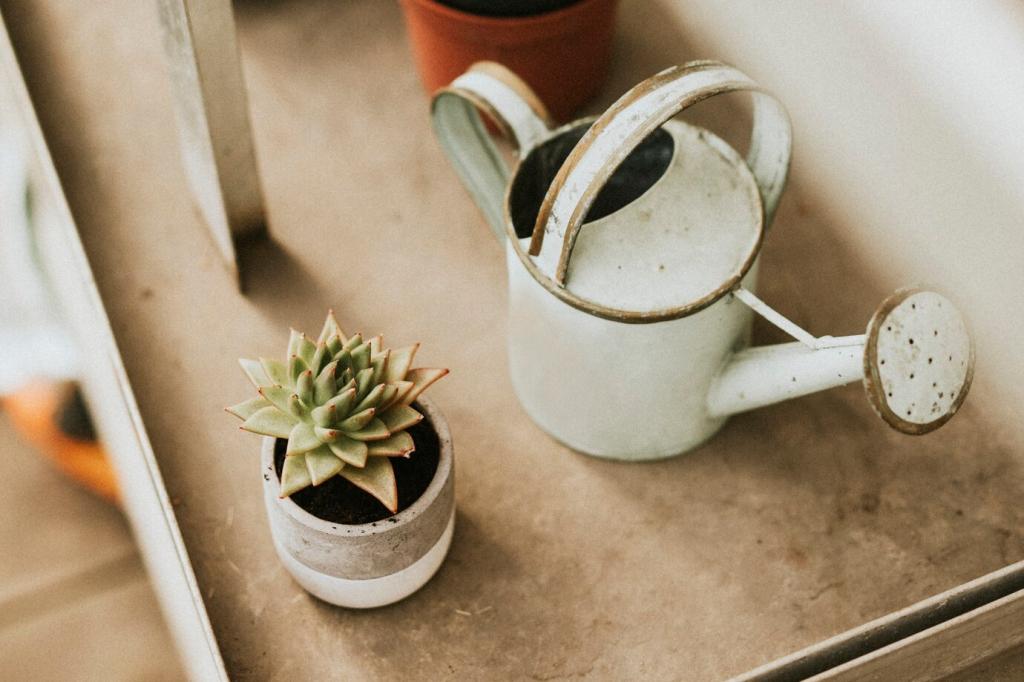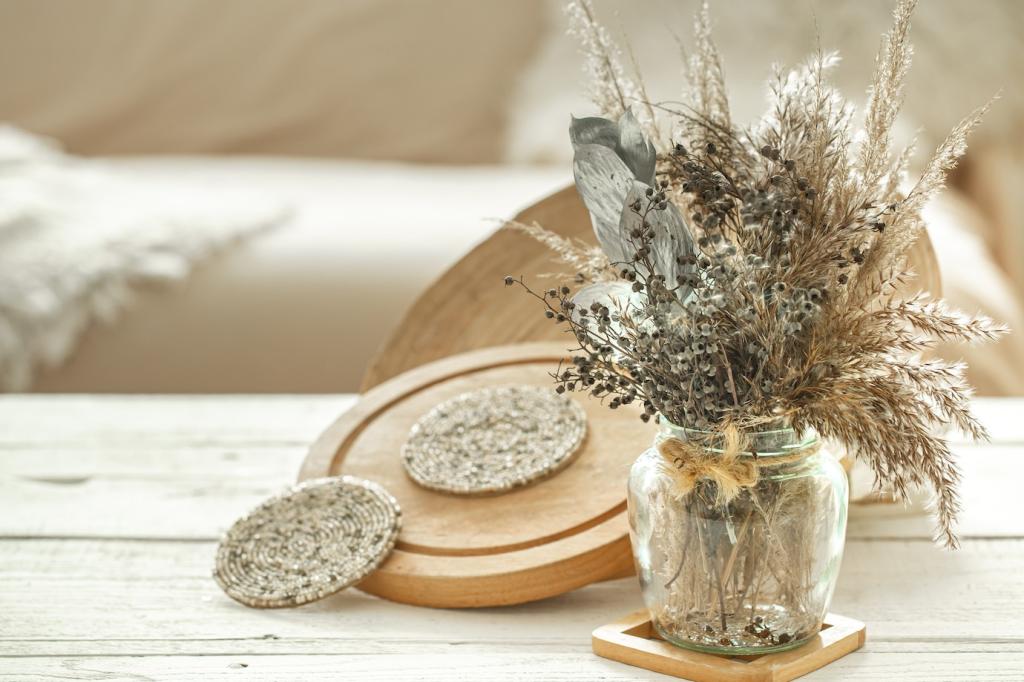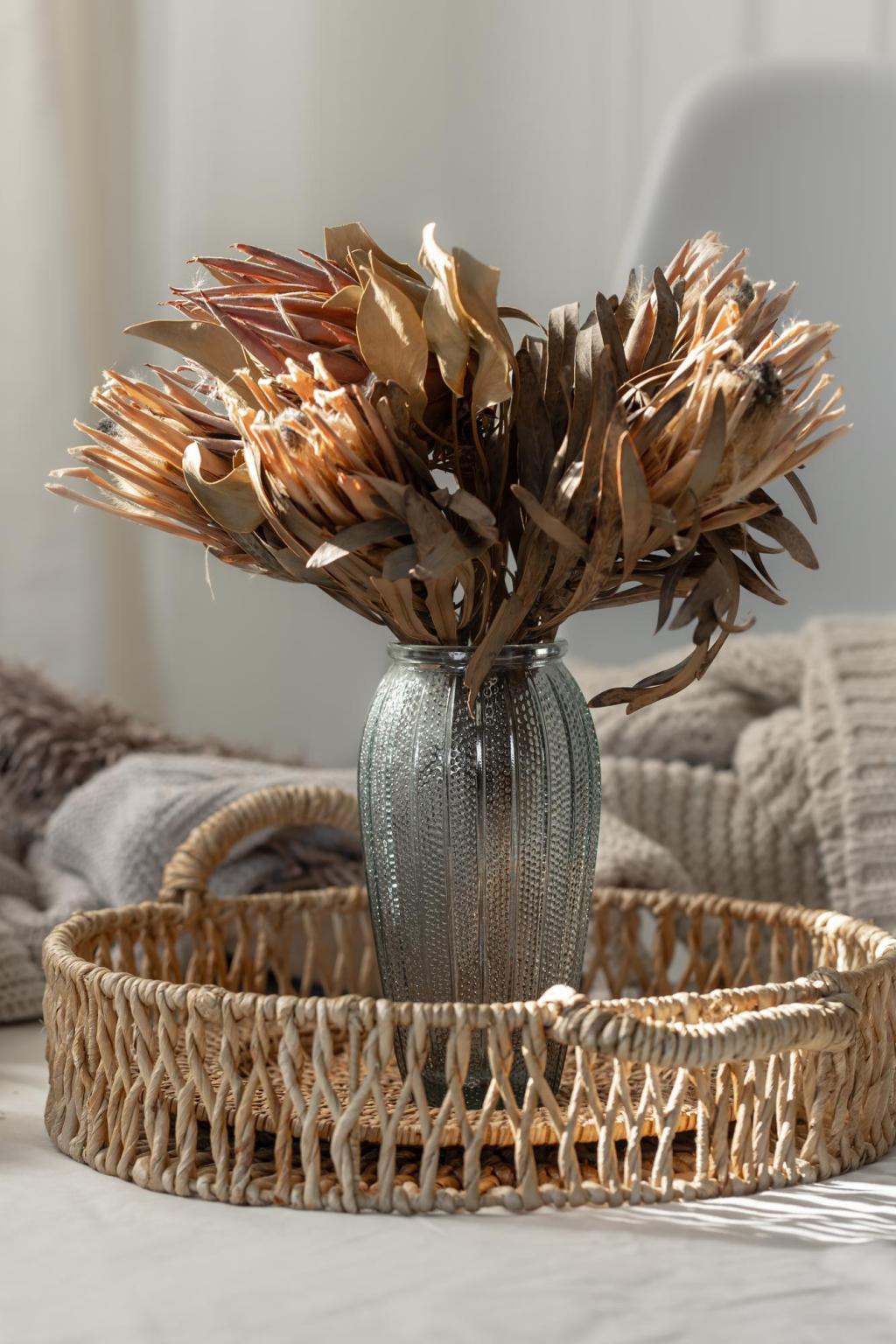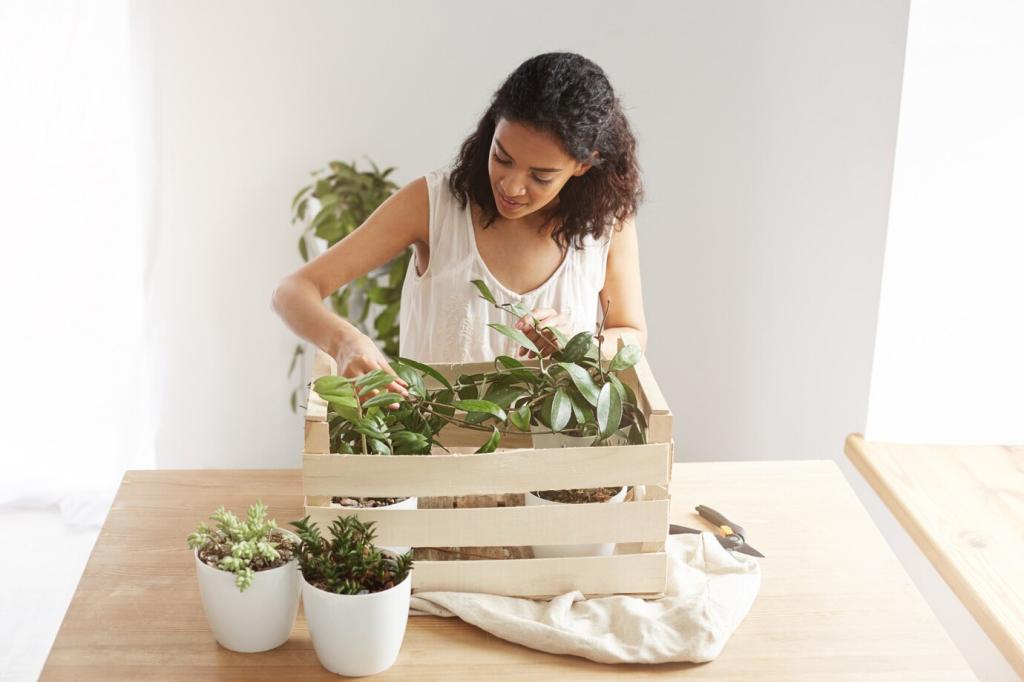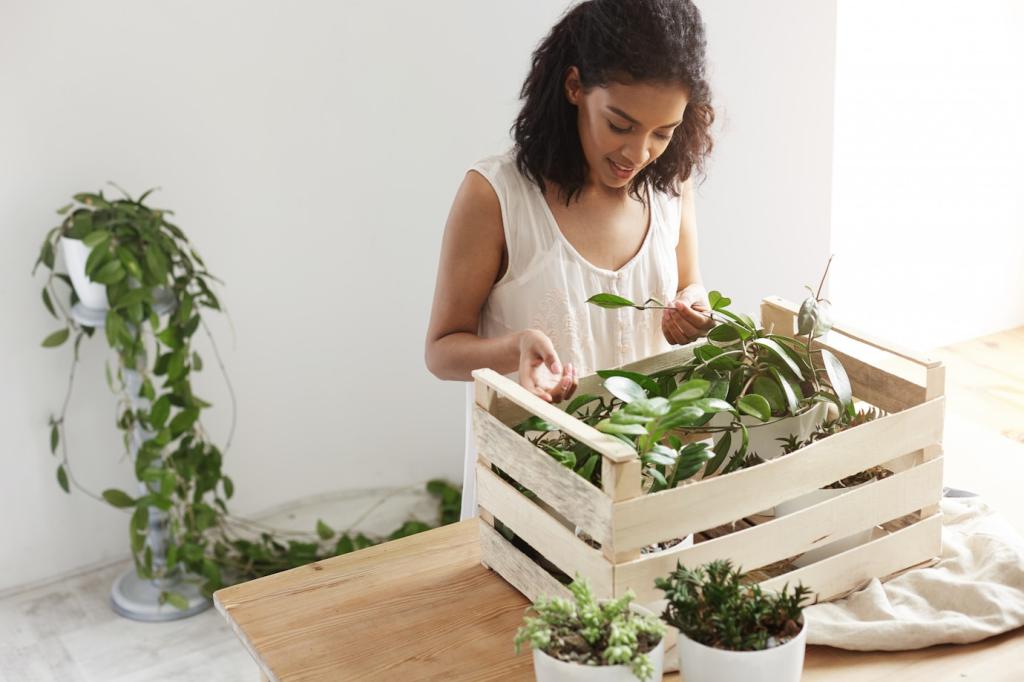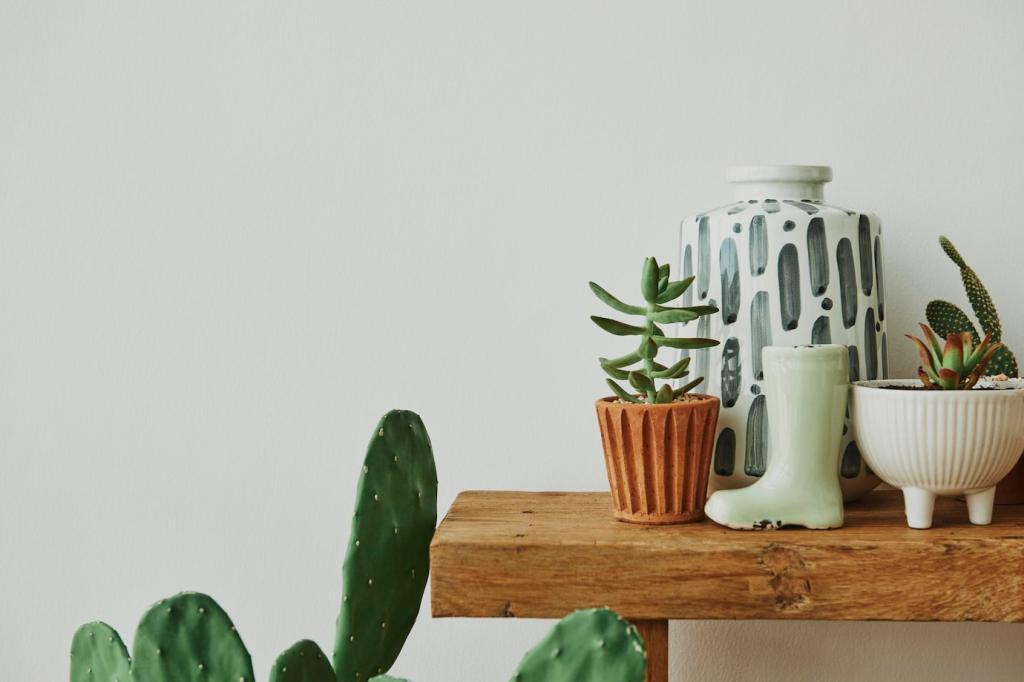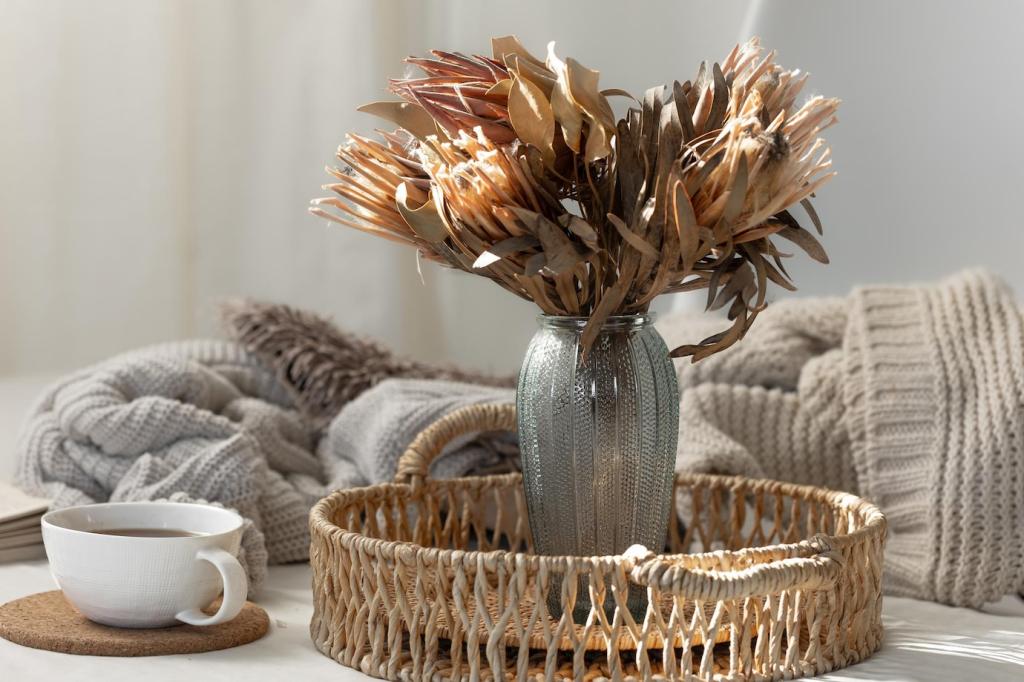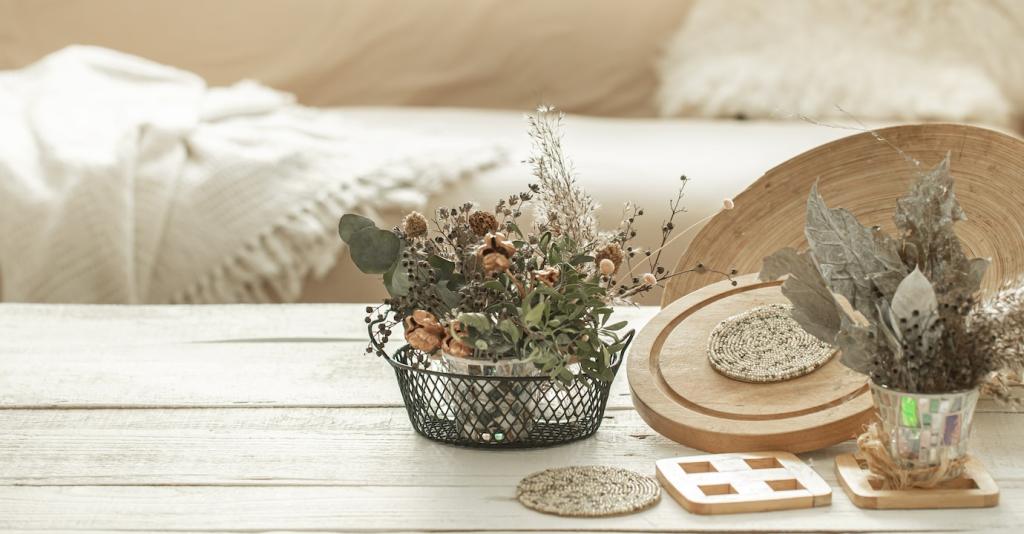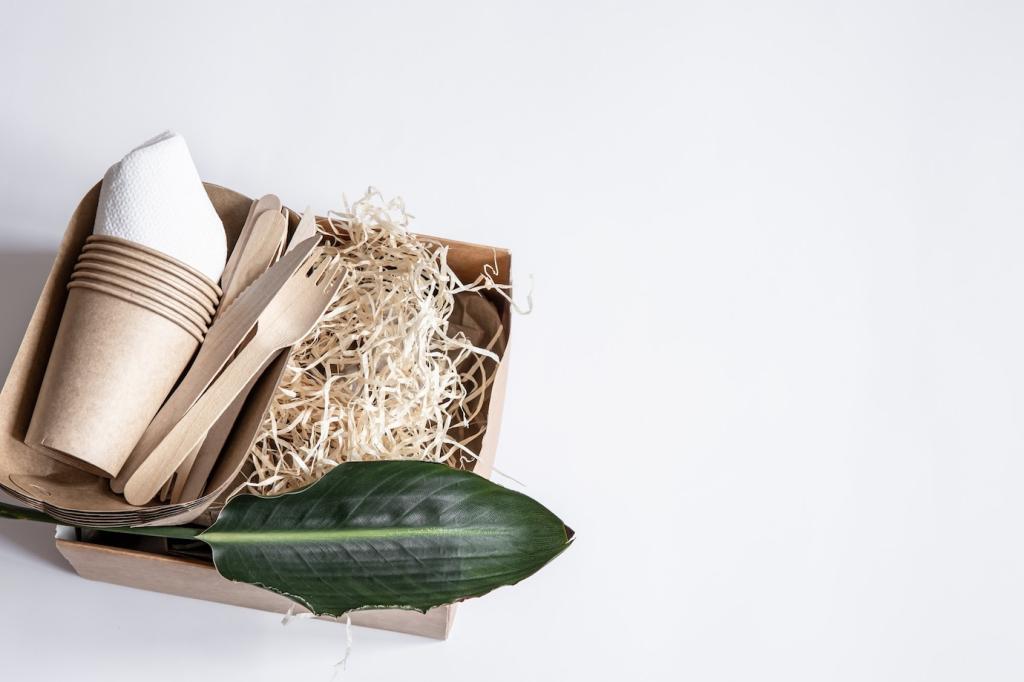Craftsmanship and Circular Design
Mortise-and-tenon, dovetails, and dowels beat heavy adhesives for longevity and repairability. Strong joints mean fewer squeaks, less wobble, and fewer replacements. If you’ve restored a vintage piece, tell us which joints impressed you most and whether a little sanding brought the wood back to life.
Craftsmanship and Circular Design
Modular cushions, replaceable legs, and standardized screws encourage upgrades instead of replacements. We visited a local studio that designs sofas with zip-off covers and spare hardware—tiny choices that extend life dramatically. Would you pay a bit more for repair-friendly design? Vote in our poll and explain why.

